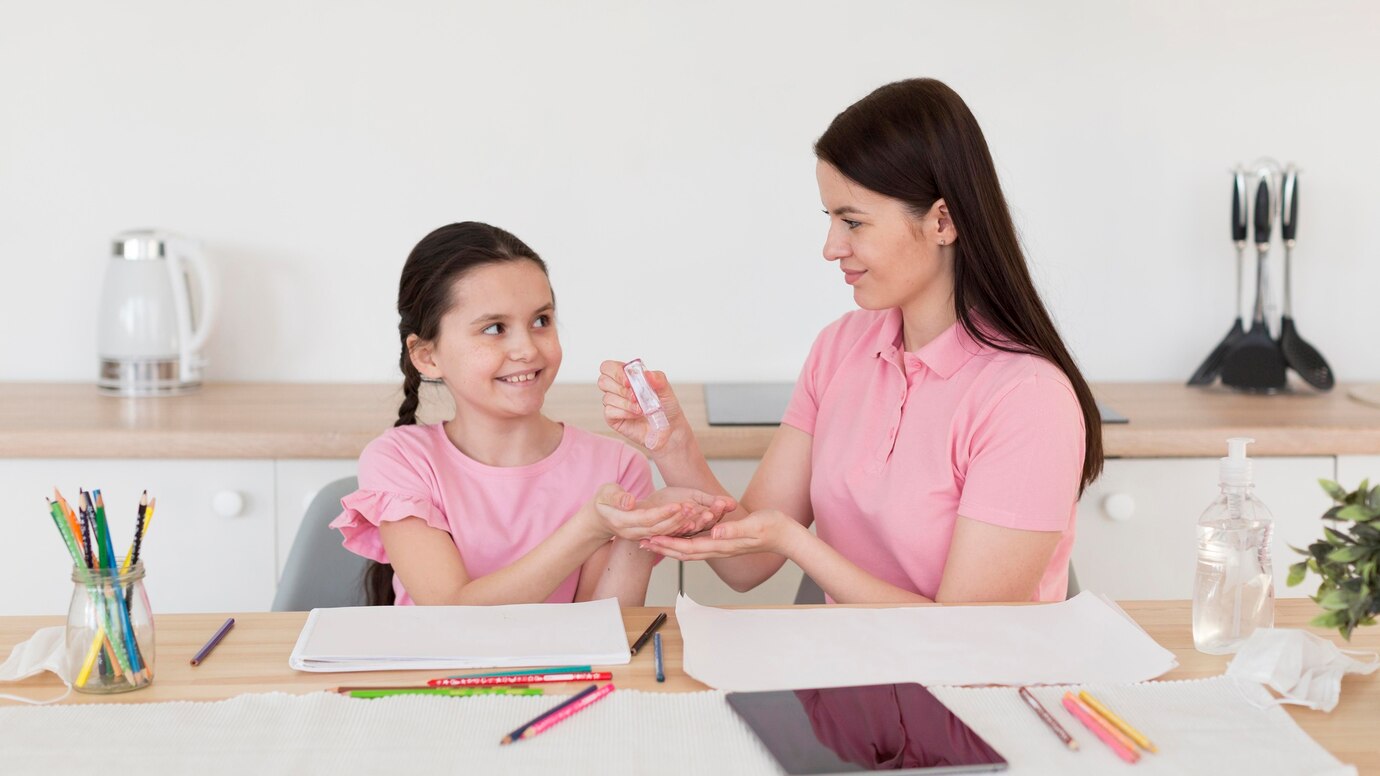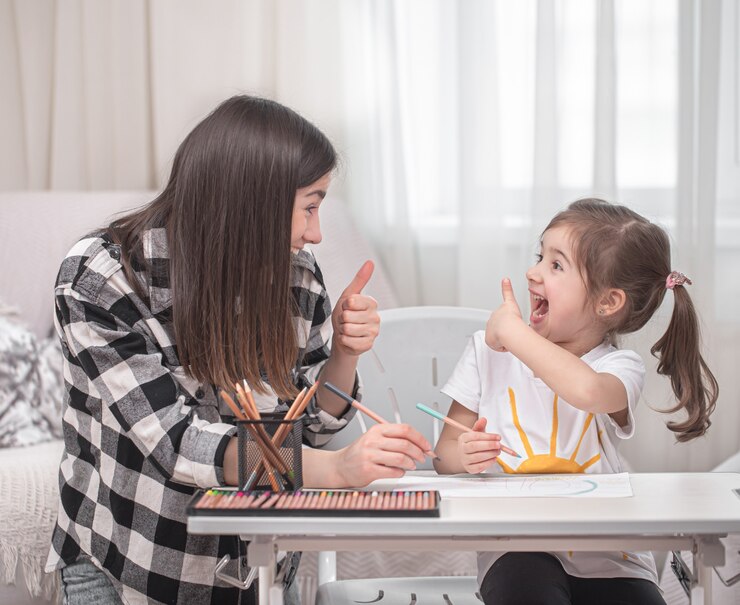
The Role of Gratitude in Raising Happy Kids
In an increasingly frenetic world, technology can distract us from the simple pleasures of life. So, gratitude emerged as a way to increase happiness and emotional intelligence. Gratitude is more than just a momentary feeling. It’s an incredibly powerful way to influence a person’s overall mental well-being. This is particularly so with children, who are in a crucial period of emotional growth. Expressing gratitude can help increase happiness in parents and teachers. Putting this into context can help a lot. Teaching kids to appreciate life helps them feel content and positive. This mindset will benefit them throughout their lives.
Yet, few parents realise the positive influence feeling grateful could have on their child’s emotional development. A lot of people think kids grow grateful without any effort, but they actually need help and guidance to feel that way. Here, we will discuss the reason why gratitude is important. It will discuss great gratitude activities for families. Also, it will offer advice on how to raise happy, emotionally intelligent kids.
Key Benefits of Gratitude: Why It Matters

Gratitude is more than just saying “thank you”; it’s a mindset that encourages appreciation for the present moment and the people around us. When kids learn to say thank you, they see life more positively. This boost helps them feel happier overall. But why exactly does gratitude play such a vital role in emotional development?
How Gratitude Affects Happiness
Gratitude is a popular topic in psychology. Many studies show its benefits. Kids who practice gratitude often feel more joy and optimism. This is because gratitude shifts focus from what is lacking to what is present, fostering a sense of abundance rather than scarcity.
Furthermore, gratitude encourages empathy and reduces feelings of envy and resentment. When kids learn to value what they have, they compare themselves to others less. This helps them build a healthier self-image and boost their self-esteem. A positive self-view is key to building resilience and coping skills. These are important parts of emotional intelligence.
Real-Life Applications and Data-Backed Insights
Research from the Greater Good Science Center at UC Berkeley shows that gratitude greatly boosts well-being and life satisfaction. In a study with children, those who practised gratitude felt happier and less stressed than others.
Moreover, gratitude has been linked to improved academic performance and better social relationships. Grateful children often show kindness and cooperation. These traits help build strong, supportive social networks.
Step-by-Step Guide: Teaching Kids to Appreciate Life
Instilling gratitude in children requires intentional effort and consistent practice. Here is a step-by-step guide to help parents and educators teach kids to appreciate life:
Start with Simple Gratitude Exercises
Start with easy gratitude exercises that kids can grasp and add to their daily routine. One great exercise is the “Three Good Things” practice. In this activity, kids think about three positive experiences or things they are thankful for daily. This exercise helps you focus on positive experiences. It builds a mindset of gratitude.
Create a Gratitude Jar
A gratitude jar is a fun and interactive way for families to practice gratitude together. Encourage children to write down things they are thankful for on small slips of paper and place them in the jar. Over time, the jar will fill with positive memories and reminders of the good things in life. Seeing gratitude can really inspire kids to keep practising it.
Encourage Gratitude Journaling
For older children, keeping a gratitude journal can be an effective way to deepen their understanding of gratitude. Encourage them to write about things they are thankful for, reflect on their experiences, and express their feelings. Journaling not only reinforces gratitude but also enhances writing skills and emotional expression.
Model Gratitude as a Parent or Educator
Children learn by example, so it’s essential for parents and educators to model gratitude in their own lives. Saying thank you in daily life is important. It shows kids the value of gratitude. For example, thank someone for a kind act or enjoy a lovely day. This helps them understand why gratitude matters.
Encourage Verbal Expressions of Gratitude
Encourage kids to say thanks. They can thank a friend for sharing a toy or show appreciation for a teacher’s help. Using gratitude in talks makes it a habit. This shows its importance and helps kids see how their words positively affect others.
Use Storytelling to Teach Gratitude
Kids enjoy stories, so adding gratitude-themed books to their reading can be a great way to teach them. Books that show thankfulness, appreciation, and kindness can help kids learn these values. They make it fun and relatable for children.
Practice Mindful Gratitude
Mindfulness and gratitude go hand in hand. Teaching children to be present at the moment and appreciate their surroundings can enhance their sense of gratitude. Mindfulness exercises can help build gratitude. One simple way is deep breathing. Focus on things you appreciate while you breathe deeply.
Additional Expert Tips & Common Mistakes to Avoid

When teaching gratitude, watch out for common mistakes. Focus on best practices to get the most benefits.
Best Practices for Teaching Gratitude
- Make gratitude a habit: Talk about it daily and include it in family activities.
- Encourage open communication: Make a safe space for kids to share their feelings and ideas.
- Celebrate kindness: Noticing and valuing small acts helps us remember to be grateful.
Common Mistakes and Misconceptions
- Forcing gratitude: Telling kids to say “thank you” without explaining can turn gratitude into a chore instead of a real feeling.
- Using gratitude as a comparison tool: Avoid phrases like “You should be grateful because others have less.” This approach can create guilt rather than appreciation.
- Overlooking small moments: Gratitude is not just for grand gestures. Appreciating everyday blessings fosters a deeper sense of thankfulness.
Advanced Insights: Expert Recommendations
To boost your gratitude practice, try adding mindfulness techniques to your routine. Mindfulness boosts self-awareness. It also helps children appreciate the present moment more. Mindful breathing, meditation, and mindful observation can boost gratitude exercises. These practices also help improve emotional intelligence.
Also, think about trying gratitude activities. You could make gratitude art, join community service projects, or go on nature walks. These help you enjoy the beauty around you. These activities help children connect with their surroundings. They also build a sense of gratitude for the world around them.
The Power of Gratitude in Shaping a Brighter Future

You are good at congratulating and amending children with the foundation for their perception of life. These life lessons become habit-forming, and living life and appreciating it become part of their persona. It also enhances their emotional intelligence and cultivates joy. Why? Because parents and teachers need to express thanks. We must provide supportive environments and give children opportunities to express gratitude in appropriate ways.
When you decide to include gratitude in your everyday life, it may take effort and consistency, but the benefits will definitely pay off. Gratitude is the key to raising happy, emotionally intelligent kids. They learn how to deal with adversity and have some grit. So, why not start today? Invite your family to go on a gratitude safari together — and see what gratitude in action can do.